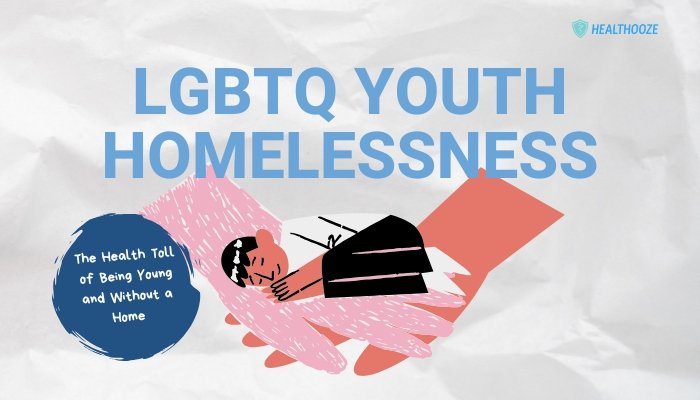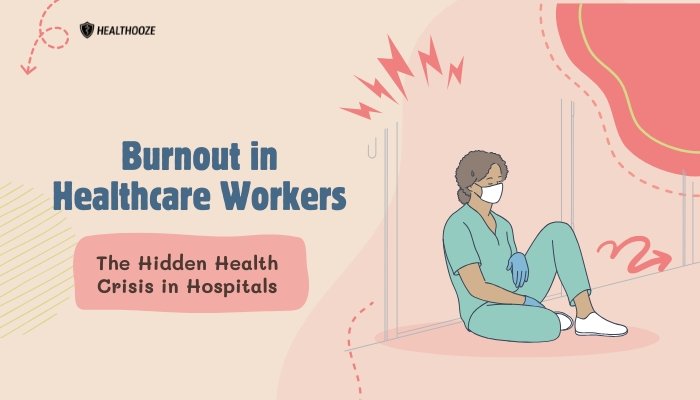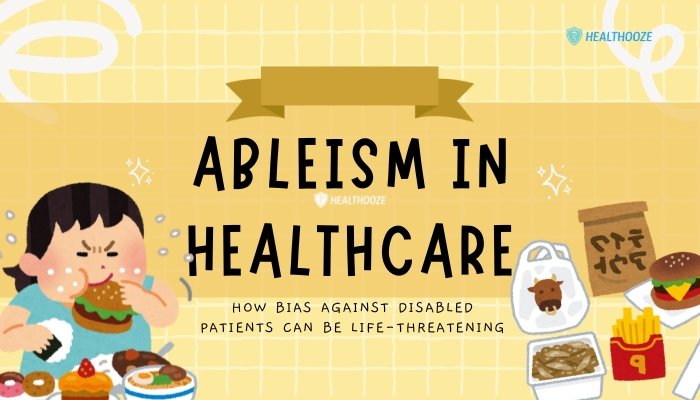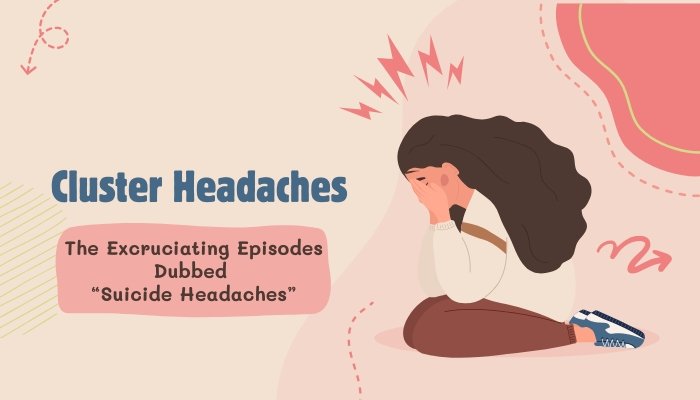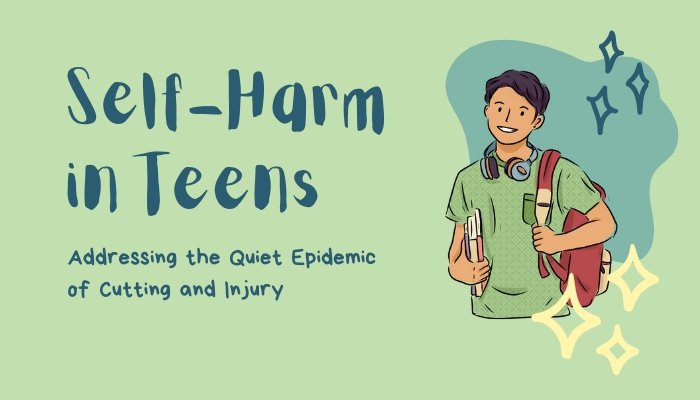Introduction
Homelessness remains a hidden but urgent crisis, especially among LGBTQ youth who often flee or are forced out of unsafe family environments.
Despite making up a small percentage of the overall youth population, lesbian, gay, bisexual, transgender, and queer teens and young adults face disproportionately high rates of homelessness.
On the streets or in unstable living situations, they confront a cascade of health issues—lack of access to medical care, elevated stress, risk of violence, and potential substance misuse.
This article examines the factors pushing LGBTQ youth into homelessness, explores the health toll of life without stable shelter, and highlights ways communities can intervene to offer safety and support.
Understanding LGBTQ Youth Homelessness
Disproportionate Statistics
While estimates vary, research generally indicates that 20–40% of homeless youth in the United States identify as LGBTQ—far exceeding their proportion in the general adolescent population. Similar trends are noted internationally, reflecting family conflict and societal stigma as key drivers.
Root Causes
- Family Rejection: Parents or guardians might evict a teen upon learning of their sexual orientation or gender identity. Emotional abuse or forced conversion attempts can also push youth away.
- Foster Care Instability: Many LGBTQ adolescents cycle through multiple foster placements, encountering discrimination or inadequate support, culminating in running away.
- Discrimination: Bullying at school or workplaces, combined with the challenges of transitioning or coming out, can erode social safety nets, culminating in homelessness.
Health Impacts of Homelessness on LGBTQ Youth
Physical Health Risks
- Exposure to Violence: On the streets or in shelters, LGBTQ youth may experience hate crimes or sexual exploitation, amplifying trauma.
- Infectious Diseases: Unstable housing and potential survival sex work raise the likelihood of contracting HIV and other STIs. Irregular meals and poor sanitation may also lead to malnutrition or chronic conditions.
- Lack of Continuity in Care: Without stable addresses, consistent follow-ups, or insurance coverage, managing injuries or chronic illnesses becomes harder.
Mental Health Challenges
- Stress and Anxiety: Living day-to-day without a safe place triggers constant fear. Pre-existing depression or anxiety can worsen.
- Substance Abuse: Some turn to drugs or alcohol to cope with rejection, isolation, and the hardships of street life.
- High Suicide Risk: Feelings of hopelessness, combined with social invisibility, can drive self-harm or suicidal ideation.
Barriers to Support
- Fear of Judgment: Unwelcoming service providers or staff untrained in LGBTQ needs might deter these youth from seeking medical help.
- Mistrust of Systems: If child welfare or law enforcement previously failed them, returning to those systems seems futile or dangerous.
Creating Safe Spaces and Solutions
Inclusive Shelters and Housing Programs
- LGBTQ-Affirming Staff: Training fosters nonjudgmental intake practices, ensuring transgender youth can access shelter aligned with their gender identity.
- Immediate Resource Access: Providing stable bed assignments, hygiene kits, and mental health services from day one fosters trust and security.
Community Health Partnerships
- Medical Clinics: Free or low-cost facilities offering STI screening, mental health counseling, and hormone therapy (where appropriate) help stabilize health.
- Drop-In Centers: Safe daily havens for showers, laundry, meals, and support groups can anchor these youths’ routines.
- Peer Mentorship: LGBTQ mentors who overcame similar struggles provide role models, sharing coping strategies and life skills.
Policy and Funding
- Government Grants: Financing transitional living programs or specialized case management caters to homeless LGBTQ youth.
- Anti-Discrimination Laws: Protecting sexual orientation/gender identity ensures less workplace and housing bias, reducing vulnerability to homelessness.
- Family Reconciliation Programs: Some nonprofits mediate between families and youths, addressing conflict or ignorance about LGBTQ identities, possibly preventing or ending homelessness.
Strategies for Healthcare Providers and Advocates
Inclusive Training and Awareness
Hospital staff, mental health professionals, and outreach teams need updated training on LGBTQ cultural competence, trauma-informed care, and discreet ways to identify housing instability among youth.
Encouraging Trust and Communication
- Respect Names and Pronouns: Affirming gender identity fosters rapport.
- Open-Ended Questions: Letting youth describe living situations or concerns at their pace helps them share complexities of homelessness.
Long-Term Support Networks
- Continuous Medical Coverage: Partnerships with community-based organizations or local government can assure consistent coverage.
- Educational and Job Resources: Mentoring, GED classes, or job training reduce cyclical poverty, bridging from the street to stable adult livelihoods.
Pathways Forward
Breaking the Cycle
Addressing LGBTQ youth homelessness requires multiple angles: bridging families and children when possible, creating safe shelters, and expanding youth-friendly healthcare. Strengthening these structures prevents repeated cycles of displacement or high-risk behavior.
Ending Stigma
Community education to reduce LGBTQ discrimination in families or schools can prevent initial evictions. By championing acceptance, fewer teens face the traumatic choice of living with hostility or escaping to uncertain street life.
Advocacy and Hope
Organizations like the True Colors United or Trevor Project are among the advocates striving to eradicate homelessness for LGBTQ youth. Their success stories illustrate that with targeted resources and compassion, these young individuals can transform precarious existence into one of stability and promise.
Conclusion
LGBTQ youth homelessness, often overshadowed by broader narratives, emerges when family rejection, discrimination, or insufficient public support forces teens into precarious living. Beyond losing a home, they endure heightened physical and mental health challenges. However, a network of inclusive shelters, affirming healthcare, and legislative changes can reverse this crisis. By acknowledging the unique needs of LGBTQ youth and harnessing community empathy, we can usher in a future where no young person is left homeless or hopeless due to their identity.
References
-
- The Trevor Project: National Survey on LGBTQ Youth Mental Health.
- True Colors United. Youth homelessness data and resources.
- Durso LE, Gates GJ. Serving LGBTQ homeless youth: needs and policies. The Williams Institute.
- Keuroghlian AS, Shtasel D, Bassuk EL. Out on the street: a public health and policy agenda for LGBTQ youth who are homeless or marginally housed. Am J Orthopsychiatry. 2014.

